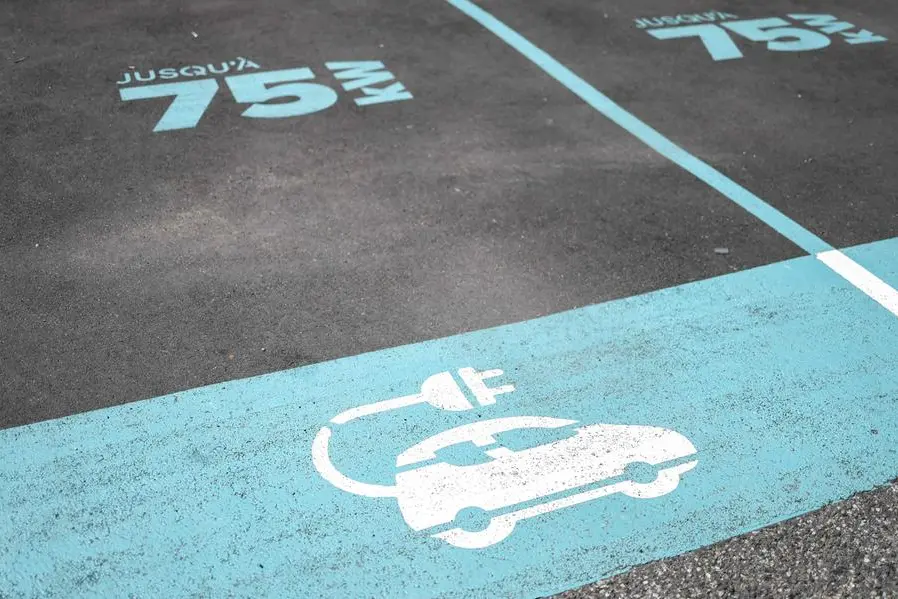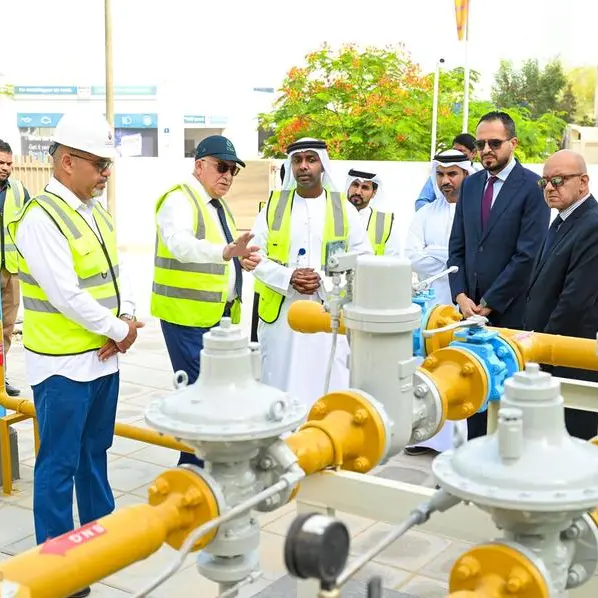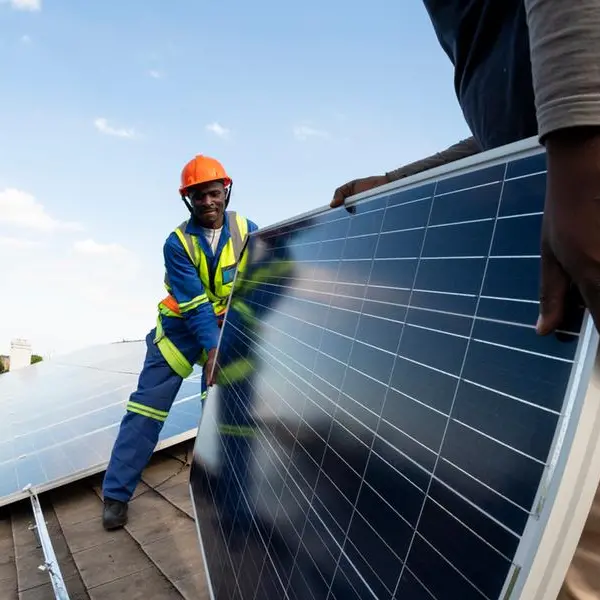PHOTO
ABU DHABI - A new report by the International Renewable Energy Agency (IRENA) titled, Critical Materials: Batteries for Electric Vehicles, reveals that the growing demand for electric vehicle (EV) battery materials required by 2030 can be met by expanding sustainable supply chains and scaling-up the development and adoption of innovative technologies.
According to IRENA’s 1.5°C Scenario, outlined in the World Energy Transitions Outlook, annual global EV sales need to rise from 14 million vehicles sold in 2023 to approximately 60 million by 2030. The report shows that meeting this target requires EV battery production to grow five-fold by 2030, necessitating a proportional rise in raw material supply to avoid supply-demand imbalances. This will require significant efforts to quickly and effectively scale up the production and sourcing of raw materials, according to the report.
"The adoption of electric vehicles is accelerating at an unprecedented pace, driven by significant improvements in battery performance and cost reductions," said IRENA Director-General Francesco La Camera. “While innovation is already reducing the demand for raw materials and building an optimistic outlook for their long-term availability, the immediate challenge of scaling up production and processing capabilities must be addressed to support continued EV growth.”
The report outlines several actions for governments and stakeholders across the EV battery supply chain to ensure an adequate, reliable, sustainable, and affordable supply of critical materials by 2030. These actions include accelerating innovation in EV battery technologies to reduce material demand. Notably, innovations that substitute critical materials have already made a significant impact, with cobalt and nickel no longer used in about half of the passenger EVs sold in 2023.
Additionally, IRENA’s analysis emphasises the importance of scaling up material mining and processing while maintaining the highest environmental, social, and governance standards. It also highlights the need for increased international cooperation in key areas, such as enhancing data transparency, facilitating investment and technology diffusion, and laying the groundwork for critical material recycling beyond 2030.























